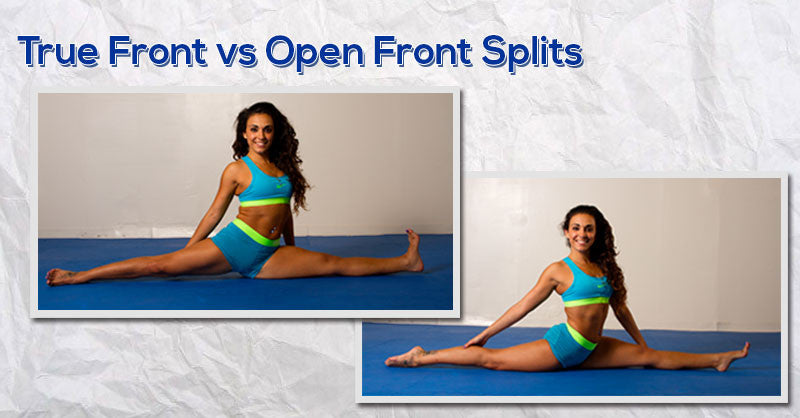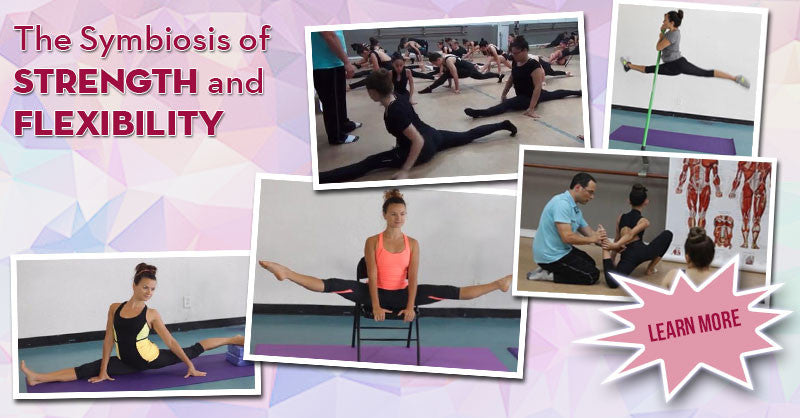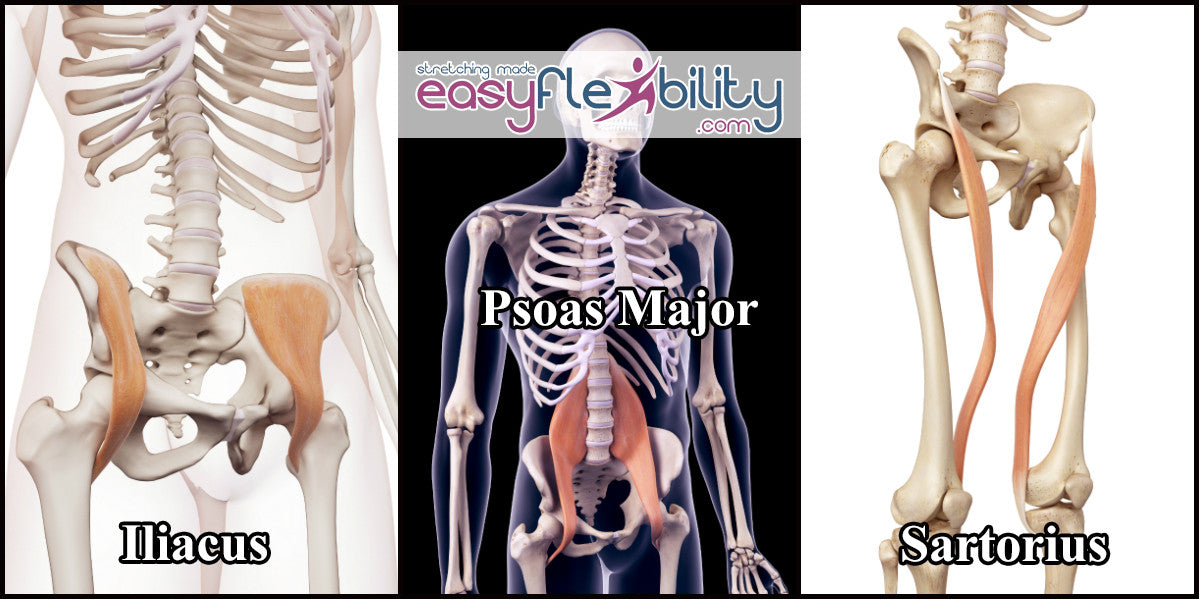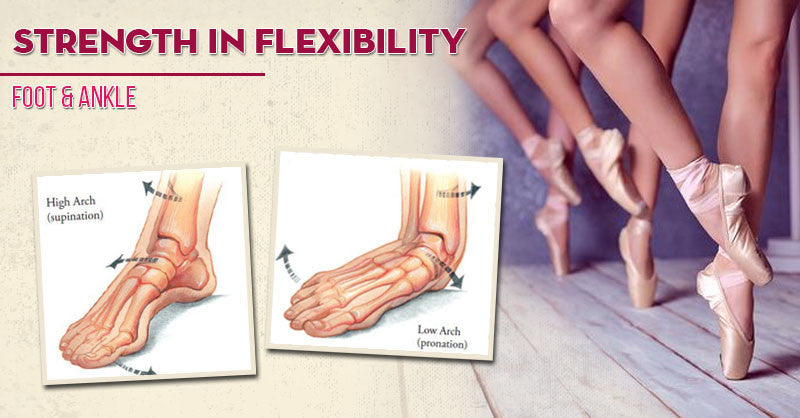The Ultimate Guide to the Arabesque in Dance and Ballet
Posted by EasyFlexibility Team on

The Arabesque is a timeless and fundamental pose in ballet and dance, revered for its beauty, grace, and technical complexity. In this in-depth article, we will explore the history, technique, anatomy, and kinesiology of the arabesque, and how mastering this pose can elevate your performance in auditions and beyond. Additionally, we will examine its applications across various dance styles and highlight iconic ballerinas known for their flawless arabesque execution.
Table of Contents
- What is an Arabesque in Dance?
- How to Perform an Arabesque
- The Significance of the Arabesque
- Arabesque in Various Styles of Dance
- Historical Origins: Who First Performed the Arabesque?
- Top Ballerinas Known for Their Arabesque
- Arabesque and Dance Auditions
- The Anatomy of the Arabesque
- Kinesiology of the Arabesque
- Challenges: How Hard is the Arabesque?
- Conclusion
What is an Arabesque in Dance?
An arabesque is a key pose in ballet and many other forms of dance, where the dancer stands on one leg (the supporting leg) while the other leg (the working leg) is extended straight behind the body. The arms are held in different artistic positions depending on the type of arabesque being performed.
Core Elements of the Arabesque:
- Supporting Leg: Must maintain strength and stability.
- Working Leg: Stretches backward at a straight or slightly bent angle (in attitude).
- Upper Body: Should remain elongated and poised with the spine straight.
- Arms: Arms can be placed in various ballet positions to create balance and artistic flow.
Alt text: Ballet dancer demonstrating the perfect arabesque form with extended arms.
Authoritative Source: For more on the foundational positions of ballet, visit the Royal Opera House Ballet Terminology Guide.
How to Perform an Arabesque
Performing an arabesque requires mastering balance, flexibility, and precise alignment. Below is a step-by-step guide:
Step 1: Fifth Position
Begin in fifth position with one foot in front of the other, the heels touching.
Step 2: Lift the Working Leg
Shift your weight onto the back leg and slowly lift the front leg behind you.
Step 3: Align the Torso
Keep your spine long, shoulders squared, and hips facing forward.
Step 4: Arm Position
Extend one arm forward and the other backward, or both forward depending on the variation.
Step 5: Hold the Position
Breathe deeply to maintain stability and balance.
Alt text: Ballerina performing an arabesque with precision and control.
Authoritative Source: For detailed tutorials on how to perform advanced ballet moves, visit American Ballet Theatre's Dictionary of Ballet Terms.
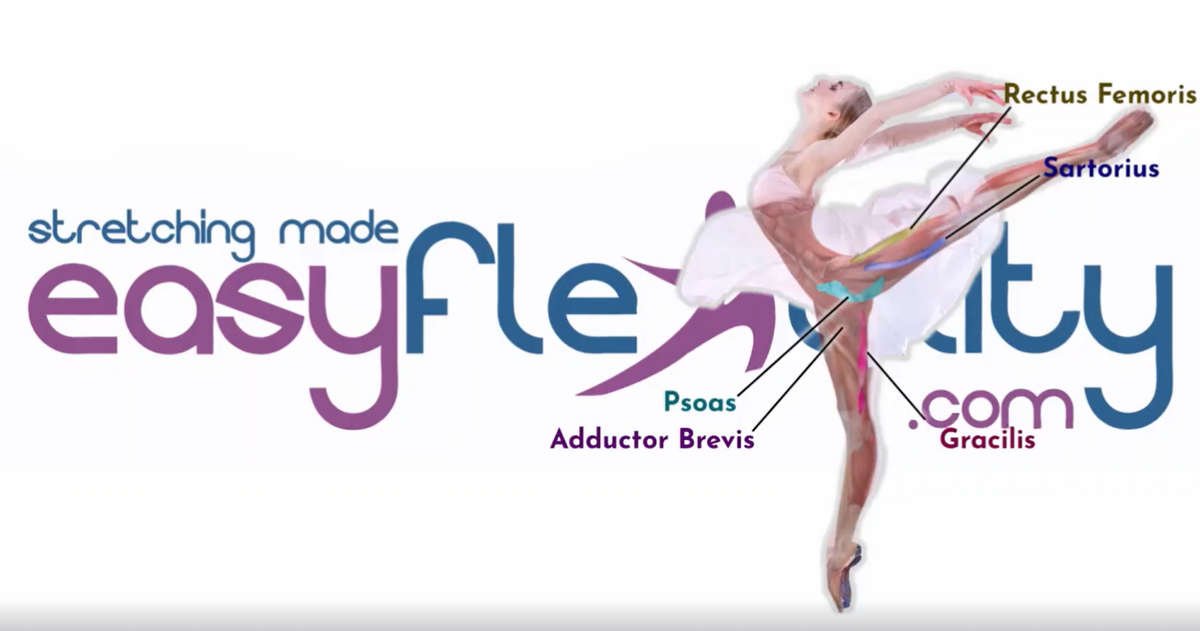
- See visible results in 1 to 3 easy follow along workouts.
- Unique muscle by muscle isolation stretching techniques.
- Fast Progress.
- Permanent Results.
- No Pain.
- No Injuries.
- Flexibility & Strength combined.
- For all ages.
- 30 – 40 minute workouts, 2 – 3 times a week.
- All videos contain subtitles.
- Train at home. At your own pace. On any device.
- Instant Lifetime Access.
- No hidden fees. No strings attached. No surprises.
The Significance of the Arabesque
The arabesque is iconic because it represents balance, grace, and flexibility. In ballet performances, it serves as both a transitional and highlight pose that emphasizes the dancer's technical skill and expressive abilities.
- Aesthetic Appeal: The arabesque creates stunning visual lines, making it a prominent feature in ballet choreography.
- Symbol of Grace: In classical ballet, it is often used to convey ethereal beauty and poise.
Alt text: A dancer gracefully performing an arabesque during a ballet performance.
Authoritative Source: Learn more about the importance of body lines in ballet from the English National Ballet’s Ballet Glossary.
Arabesque in Various Styles of Dance
The arabesque isn’t limited to classical ballet; it’s an integral pose across several dance genres. Each style adopts the arabesque and imbues it with unique qualities:
1. Classical Ballet:
In classical ballet, the arabesque is precise and aligned, adhering to codified rules of placement and execution.
2. Contemporary Dance:
Here, dancers explore fluidity, often allowing more freedom in arm and leg positions while maintaining the basic structure.
3. Jazz Dance:
Arabesques in jazz are often sharper and more stylized, with a focus on dynamic movements.
4. Modern Dance:
Modern dancers may experiment with asymmetrical lines and varying levels, pushing the boundaries of the traditional pose.

Authoritative Source: For insights into how different dance styles utilize ballet foundations, visit Dance Magazine’s Archive.
Historical Origins: Who First Performed the Arabesque?
The term arabesque originates from the art world, describing intricate ornamental designs. It was later adopted into ballet during the 17th century in France. Pierre Beauchamp, a ballet master, is credited with formalizing ballet positions, including the arabesque.
The pose gained prominence during the Romantic Era of ballet, symbolizing grace and elegance. Iconic ballerinas like Marie Taglioni popularized the arabesque in their performances.

Authoritative Source: For more on the history of ballet and its development, check out the New York City Ballet History Page.
Top Ballerinas Known for Their Arabesque

Throughout ballet history, several ballerinas have become renowned for their flawless execution of the arabesque:
- Anna Pavlova – Known for her elegant and emotive arabesques.
- Misty Copeland – Her strength and flexibility have made her arabesques a visual masterpiece.
- Sylvie Guillem – Renowned for her extreme flexibility, her arabesques are legendary.
Authoritative Source: To read more about Misty Copeland’s contributions to ballet, visit The Misty Copeland Project.
Arabesque and Dance Auditions
The arabesque is an essential component in dance auditions as it highlights a dancer’s balance, core strength, flexibility, and poise—all qualities that casting directors look for.
- Demonstrates Versatility: Mastering different arabesque positions showcases technical range.
- Artistic Expression: The arabesque is a canvas for demonstrating musicality and emotion.
- Visual Appeal: A well-executed arabesque can leave a lasting impression during auditions.

Authoritative Source: For audition tips from professionals, check out Pointe Magazine’s Audition Preparation Guide.
The Anatomy of the Arabesque
Understanding the anatomy of the arabesque is crucial for performing it correctly. The key muscles involved are:
- Core: Stabilizes the torso and prevents tipping forward or backward.
- Glutes and Hamstrings: Provide the strength needed to lift and extend the working leg.
- Hip Flexors: Allow for smooth, controlled leg movements.
- Shoulders and Arms: Help maintain balance and control.
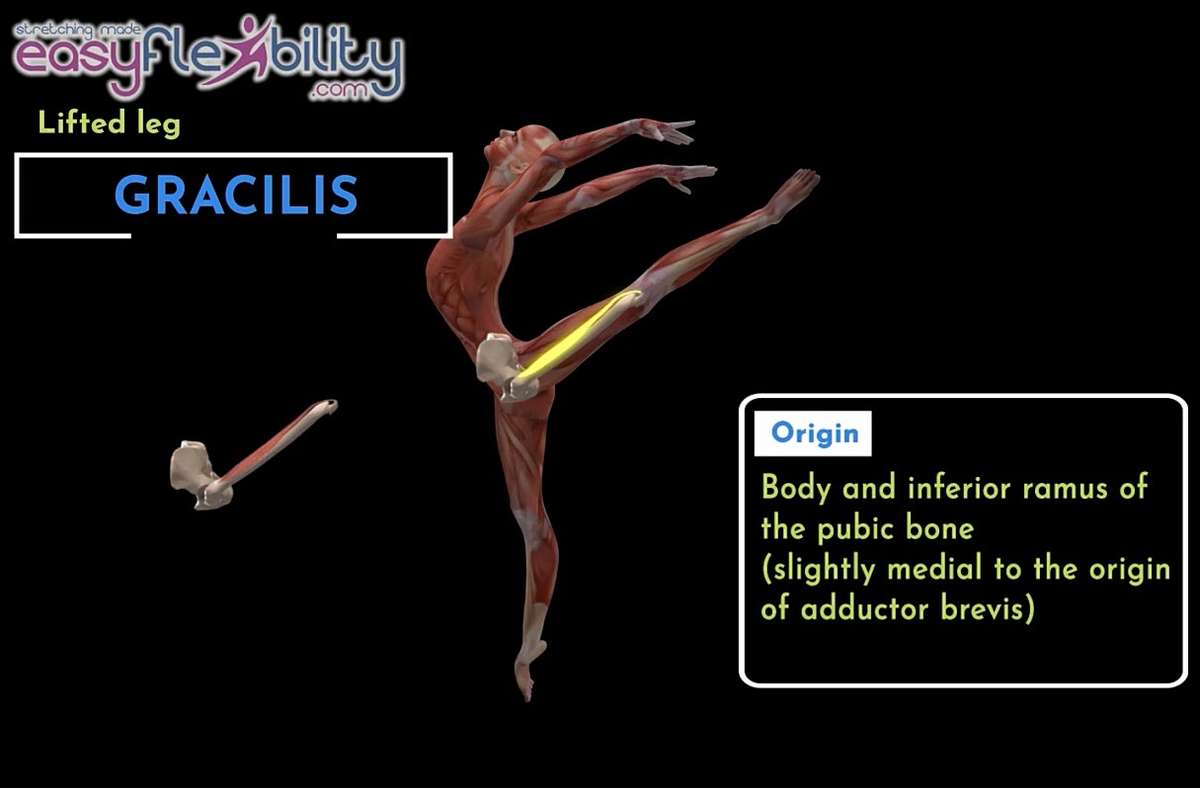
Authoritative Source: Learn more about the anatomy of dance from the International Association for Dance Medicine & Science.
Kinesiology of theThe Kinesiology of the Arabesque involves the study of how the muscles, bones, and joints work together to perform the movement effectively. When executing an arabesque, several key biomechanics come into play:
Movement Mechanics
- Hip Extension: The working leg extends behind the body, relying on the gluteal muscles and hamstrings for the lift and control.
- Balance on the Supporting Leg: The supporting leg engages the quadriceps, calves, and stabilizing muscles in the ankle to maintain balance.
- Core Stability: The abdominals and lower back muscles (especially the erector spinae) work to stabilize the torso, preventing tipping.
- Arm Coordination: Depending on the chosen arm position, muscles in the shoulders and upper back help maintain balance and create a harmonious line.
Dynamic Adjustments
Throughout the pose, the dancer must make small, dynamic adjustments to maintain balance and control. These adjustments engage multiple muscle groups in an isometric contraction (where the muscle length doesn't change but tension increases).
Authoritative Source: For more detailed insights on the kinesiology of dance, visit the International Association for Dance Medicine & Science.
Challenges: How Hard is the Arabesque?
The arabesque may look effortless, but achieving it with precision can be challenging, especially for novice dancers. The difficulty stems from the need for:
- Balance: Holding the position on one leg requires excellent proprioception and coordination.
- Flexibility: Both the working and supporting legs need to be flexible enough to maintain the pose with a graceful line.
- Core Strength: Without strong abdominal and back muscles, it’s difficult to maintain the proper alignment required for an arabesque.
Overcoming the Challenges
Dancers can overcome these challenges by focusing on strength training, flexibility exercises, and balance drills. Regular practice helps in developing muscle memory and refining the technique.

Authoritative Source: To learn more about ballet strength and conditioning, visit Dance Magazine's Dance Conditioning Section.
Conclusion
Mastering the arabesque is a journey that involves understanding its history, learning its technique, and developing the required strength and flexibility. The pose’s significance in ballet, contemporary, jazz, and other dance styles makes it a foundational skill for all dancers. With consistent practice and attention to anatomy and kinesiology, the arabesque can elevate your dance performance and help you stand out in auditions.
Authoritative Source: For more resources on ballet technique and dance history, visit the Royal Academy of Dance.






